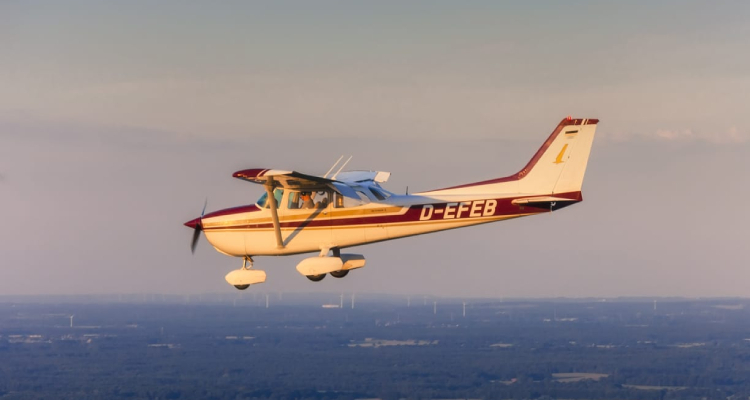
Congratulations, aspiring aviators! Reaching the point of planning your first solo flight is a milestone worth celebrating. This adventure is your first taste of what it feels like to be the captain of your own destiny—quite literally. If you're gearing up for this unforgettable experience, you're in the right place. This comprehensive guide offers actionable tips and tricks to help new pilots plan a successful and safe first solo flight.
The Importance of a Solo Flight for New Pilots
Taking control of an aircraft without an instructor sitting next to you is not just a rite of passage; it's a critical step in your aviation training. A solo flight enables you to:
- Apply the lessons you’ve learned
- Build self-confidence
- Develop situational awareness
Key Steps in Planning Your First Solo Flight
Pre-Flight Briefing with Instructor
Before stepping into the cockpit alone, a detailed briefing with your flight instructor is crucial. Discuss:
- Route and flight plan
- Weather conditions
- Emergency procedures
- Air traffic control communication
Aircraft Inspection
You've seen your instructor do it countless times, and now it's your turn. Check:
- Fuel levels
- Engine and propeller
- Flight controls
- Instruments
Confirm Required Documentation
Always make sure you have the necessary paperwork on hand, which may include:
- Student pilot certificate
- Medical certificate
- Logbook endorsements from your instructor
Plan for the Unexpected
New pilots must be prepared for contingencies. Familiarize yourself with the nearest airports, alternative routes, and have a list of emergency contact numbers.
Go/No-Go Decision
This is your call to make. If you're not 100% comfortable with the weather, your state of mind, or any other factors, it’s okay to reschedule.
Tips and Tricks for a Successful Solo Flight
Rehearse Radio Calls
Practicing your radio calls can alleviate one of the most stress-inducing aspects of solo flight for new pilots.
Use a Checklist
Always use a checklist for every phase of flight, from pre-flight inspection to shutdown.
Stay Calm and Focused
Deep breathing can help calm your nerves. Also, remind yourself that you've been trained for this.
Take Your Time
There’s no rush. Take all the time you need to perform your checks and fly safely.
Frequently Asked Questions
How long is a typical first solo flight?
A first solo flight is usually quite short, often consisting of a simple circuit pattern around the airport
Is it normal to feel nervous?
Absolutely. Even experienced pilots feel a rush before solo flights. Trust your training.
What should I do in case of an emergency?
Follow the emergency procedures you’ve learned, and don't hesitate to contact air traffic control for assistance.
Conclusion
Your first solo flight is a transformative experience that will leave you with a new sense of capability and freedom. By applying the tips and tricks in this guide, new pilots can approach this momentous occasion with the knowledge and confidence needed for success.
